Christopher Allen: the highs and lows for gallerygoers in the year that was
After a year of seeking out the best art in Australia’s regions and cities, our critic weighs in on the highs and lows for gallerygoers.
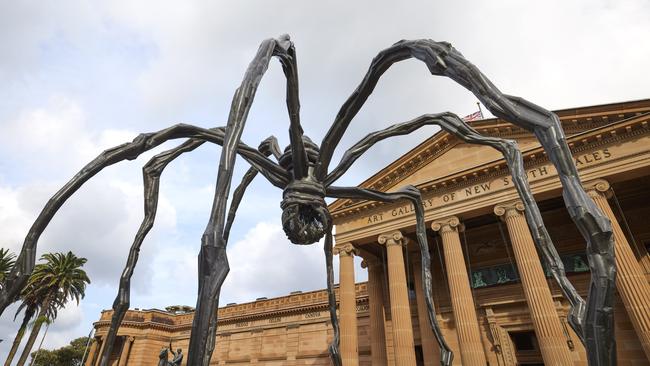
Looking back over the columns I have written in the past 12 months is a reminder that it is not always easy to find subjects of interest to discuss week after week, when so many of our big galleries fill their programs with feeble, facile and box-ticking shows, too lazy to curate exhibitions that require expertise, scholarship and research.
Fortunately we have many galleries, museums and libraries in this country, and somehow there always seem to be enough things of interest, even if one sometimes has to look in unexpected places. This year, indeed, the usual run of exhibition reviews was leavened with a couple of book reviews, a discussion of an artist – Gary Deirmendjian – who shows his work in the unconventional setting of social media, and a few articles on more general themes, two of which were short-listed for the Geraldine Pascall Prize.
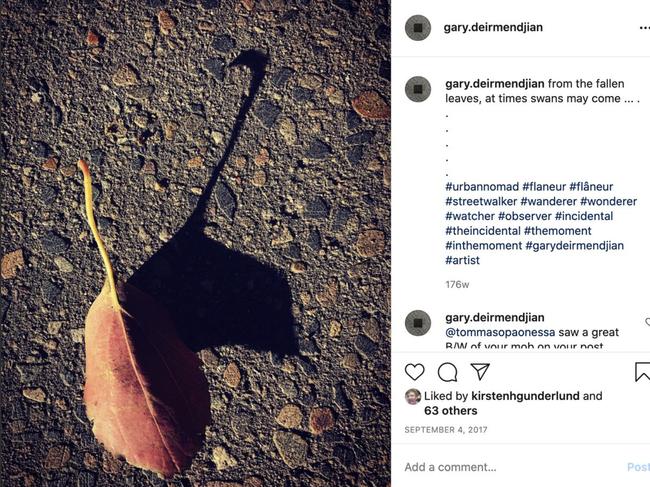
Among more conventional exhibitions, one of the best was the Museum of Contemporary Art’s survey of the Korean Do Ho Suh early in the year. His poetic and thoughtful installations were elegantly presented in spaces well-suited to their scale. The Barbara Hepworth exhibition at Heide Museum of Modern Art in Melbourne was also a highlight, even if it was, in contrast, somewhat crowded in the available exhibition space.
Peter Booth at TarraWarra Museum of Artwas another fine exhibition, a welcome survey of one of the most impressive figures at the end of last century, who seems to have become much less visible in the past couple of decades.
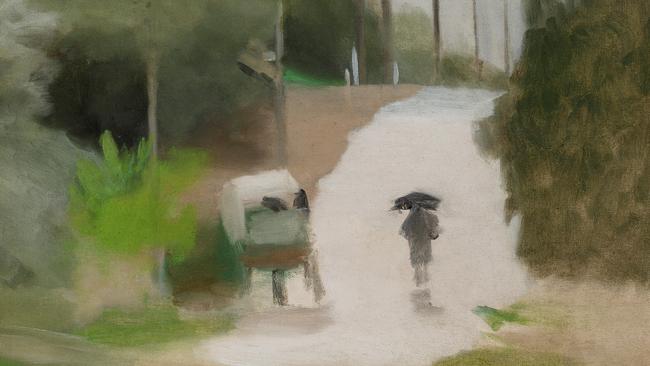
Clarice Beckett at Geelong Gallery was also interesting to write about, still in pursuit of the secret of Max Meldrum’s quasi-scientific method of painting and its adaptation by his pupil Beckett. Also reminding us of the excellent work done by regional galleries in Victoria, Art Gallery of Ballarat’s Pre-Raphaelite drawing exhibition presented important works from the Ashmolean Museum at Oxford. Any of these could have been at the Art Gallery of NSW, for example, if that institution had not been in a torpid slumber or indulging in the circus of the Archibald.
Other big museums around the country had significant exhibitions, including Feared and Revered from the British Museum at the National Museum of Australia in Canberra, although these images of the primal power of the female sex from a variety of ancient cultures contradicted this year’s thought-bubble that gender is just a construct that can easily be reassigned.
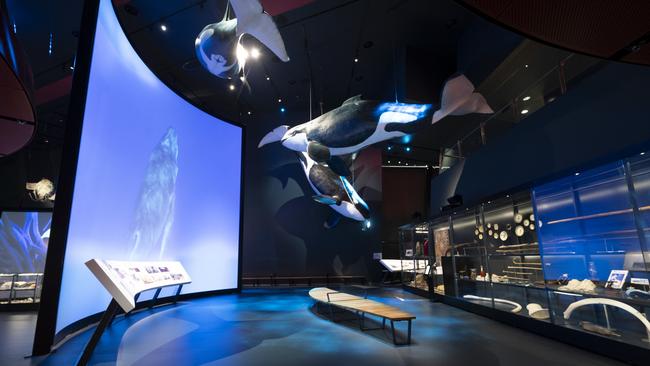
The National Gallery of Victoria’s Rembrandt exhibition, mainly focused on his extraordinary achievement in printmaking, was well-researched and absorbing. The concurrent Bonnard exhibition was appealing but somewhat spoiled by over-design and the unfortunate contemporary tendency to treat audiences like children with no attention span who need to be drawn into an “immersive” environment.
The Australian Geographic Nature Photography Prizewas striking, as I said at the time, because unlike almost every other art prize in Australia today, it was underpinned by clear standards of value and both selected and assessed by competent judges who made their decisions based on clear and accepted criteria, with no special privileges for sex, race, ethnicity, religion, regional origin or any other extraneous factor.
The most significant contribution to Australian art history this year was made by David Hansen’s small but beautifully-curated Charles Rodius exhibition at the State Library of NSW, adding an important and little-known figure to the repertoire of early colonial artists, and one who has also left us some of the best and most lucid early portraits of Aboriginal people. Interesting light was also cast on some aspects of early Australian history, perhaps unexpectedly, by the David Roche House Museum’s Wedgwood exhibition, to be reviewed here next week.
Meanwhile I found it an interesting challenge to revisit and reassess two artists whose work I had never liked in their heyday, Peter Tyndall at Buxton Contemporary Art Museum and Adam Cullen at Manly Art Gallery and Museum.
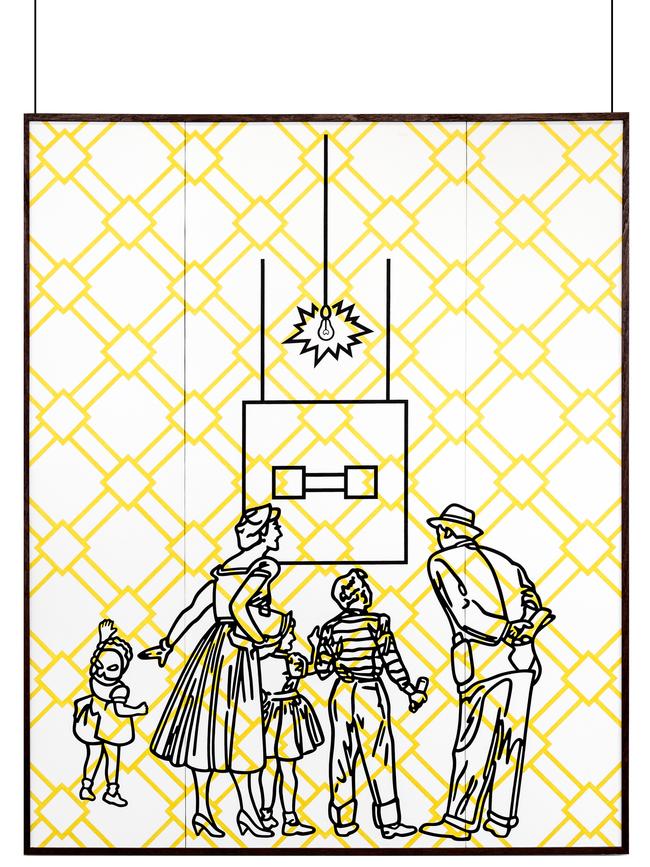
It was good to leave former judgments behind and look at their work with a fresh and unprejudiced view.
I also enjoyed tackling the work of Philippa Cullen, which reminded me of much earlier days when I was involved in new performance.
On the other hand, some exhibitions and displays were simply bad, such as the National Museum’s new Great Southern Land gallery, with its sickly combination of populist immersiveness with an assimilation of Aboriginal myth to empirical knowledge which betrayed the scientific vocation of the institution.
The other egregious example of political preaching and breast-beating was in Bendigo Art Gallery’s Australiana: Designing a Nation – perhaps intoxicated by the then overheated campaign for the Voice.
Finally, the Art Gallery of NSW stirred itself sufficiently to produce the respectable Kandinsky exhibition, even if it was fully imported and involved no effort or curatorial input by the director or his staff.
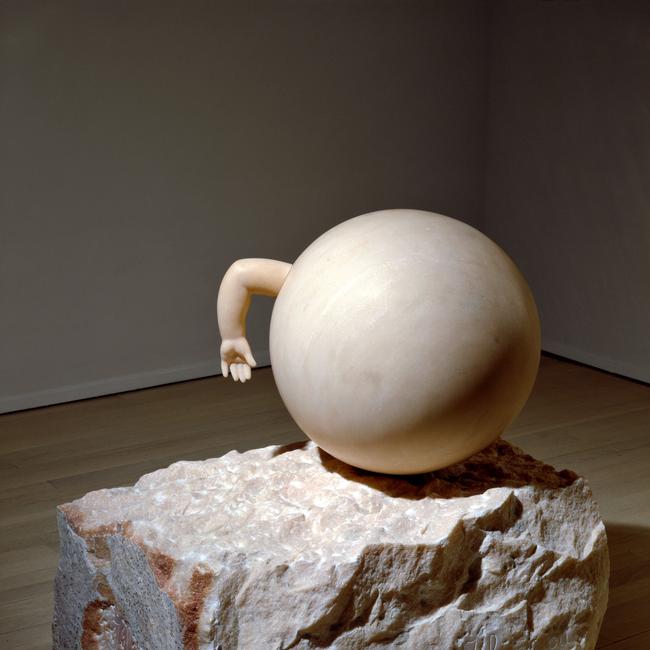
They took a bit more trouble with Louise Bourgeois, but as a colleague observed, how many people will visit that rather unappealing show compared with the crowds flocking to the ancient Egyptian masterpieces in Ramses and the Gold of the Pharaohs at the Australian Museum?
Best exhibitions of 2023


To join the conversation, please log in. Don't have an account? Register
Join the conversation, you are commenting as Logout